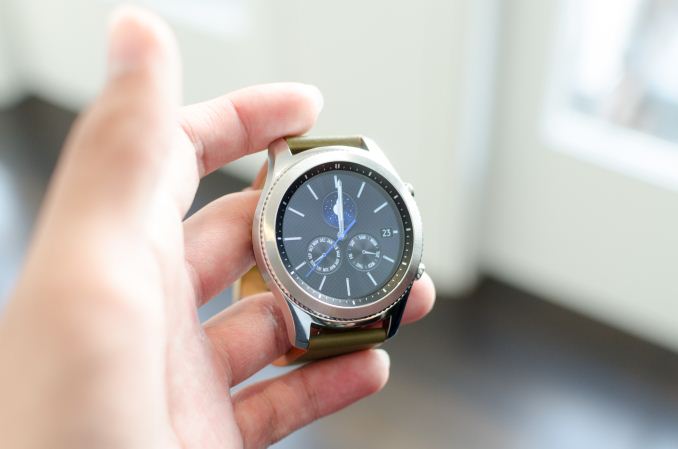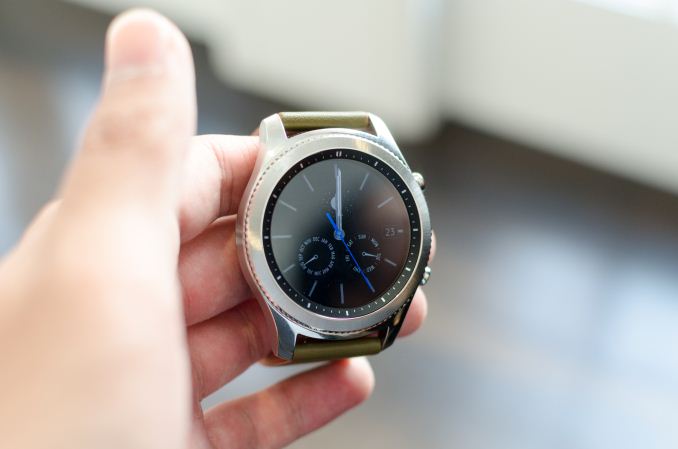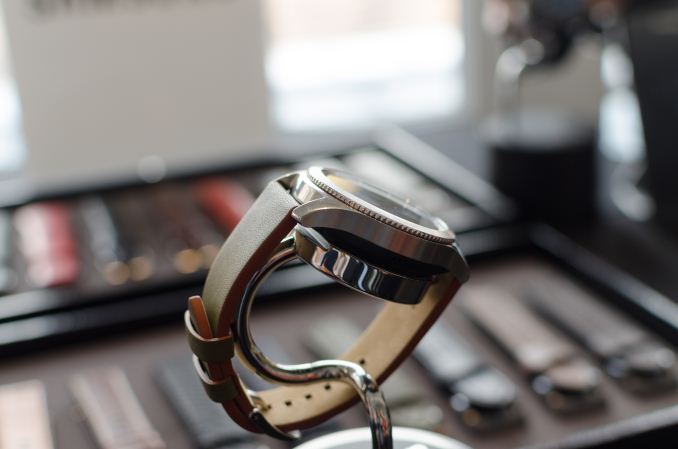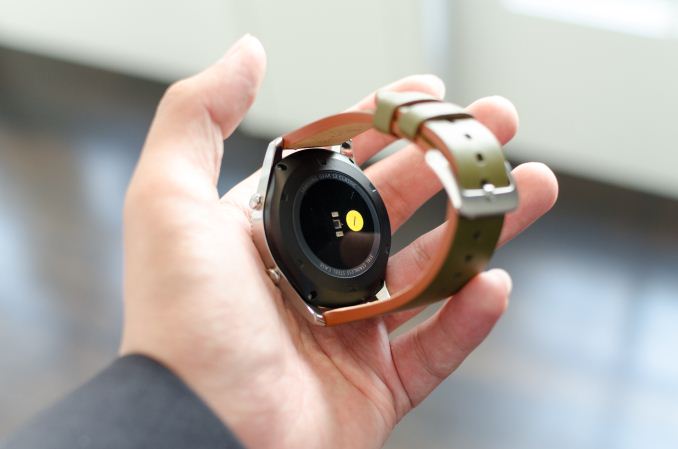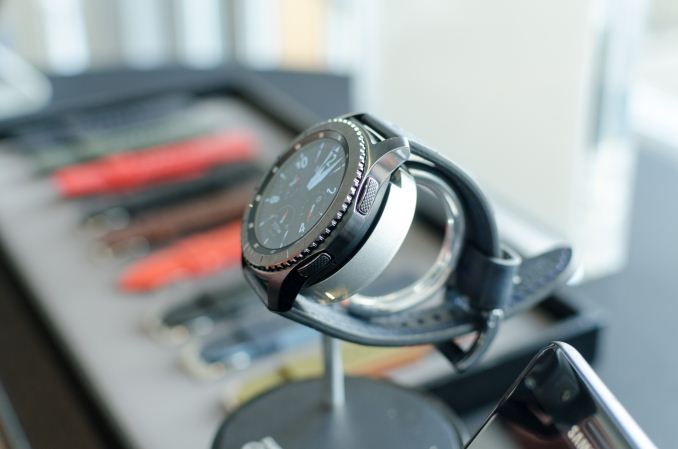È cosa nota: da tempo Facebook invita gli utenti a inserire i loro numeri di telefono. L’idea alla base della richiesta è quella di facilitare il recupero delle credenziali del proprio account Facebook, nel caso in cui – per esempio – venissero perdute oppure si lamentasse qualche tipo di problema di accesso.
Il numero telefonico degli utenti, però, è divenuto ormai un fantastico identificativo univoco, un ID che può essere sfruttato per individuare una persona e che può essere utile per stabilire importanti correlazioni fra le persone.
Si supponga che lo stesso numero telefonico si trovi nella rubrica di un certo numero di utenti: è possibile tracciare un filo conduttore tra di loro ipotizzando un’amicizia, un rapporto di lavoro o comunque una conoscenza.
Nell’articolo Cercare numero di cellulare e risalire al nome dell’intestatario abbiamo visto che Facebook consente di stabilire a chi corrisponde un numero di telefonia mobile.

L’impostazione predefinita di Facebook, infatti, prevede che il numero personale dell’utente che decide di segnarlo alla piattaforma social di Mark Zuckerberg sia reso accessibile a tutti.
Nell’articolo citato in precedenza, abbiamo spiegato come modificare tale impostazione.
Numeri di telefono: Facebook li usa per suggerire le persone che si potrebbero conoscere
Un caso eclatante è quello che in queste ore ha visto protagonisti uno psichiatra e alcuni suoi pazienti.
Il medico ha visto segnalarsi da parte di Facebook molti suoi pazienti tra “le persone che potresti conoscere“. Cosa ancora più grave, i suoi pazienti hanno visto apparire – nello stesso riquadro su Facebook – nomi di sconosciuti che in realtà erano anche loro clienti dello stesso psichiatra.
In altre parole, il social network ha permesso ai pazienti di risalire ai nominativi degli altri assistiti del medico, con la possibilità di accedere ai loro profili Facebook.
Com’è potuto accadere? Semplicemente perché Facebook, tra i vari parametri usati per stabilire o comunque stimare i legami fa utenti, usa anche i numeri di telefono.
Nel caso di specie, le segnalazioni sono apparse perché il numero di telefono del medico si trovava nella rubrica dei vari pazienti e questi ultimi avevano installato l’app del social network sui rispettivi dispositivi mobili.
Il problema non è di poco conto perché, di fatto, è venuto meno il diritto alla riservatezza medica, fondamento della professione. Inoltre, sono state condivise informazioni che hanno a che fare con i dati sensibili per antonomasia: quelli legati alla salute.
Da parte nostra ci sentiamo di osservare, comunque, come anche il medico sia stato piuttosto sprovveduto: è forse sensato conferire a Facebook il proprio numero di telefonia mobile utilizzato per l’attività lavorativa, la stessa numerazione comunicata ai pazienti?
La regola fondamentale è sempre quella di tenere ben separati i dati e gli strumenti che si usano per l’attività lavorativa da quelli impiegati in ambito personale.
L’intera vicenda è raccontata per filo e per segno su Fusion, in questa pagina: vale la pena leggerla nella sua interezza.
Numeri telefonici: il rapporto fra Facebook e WhatsApp
WhatsApp è di proprietà di Facebook, con tutto ciò che ne consegue. È questo è ormai pacifico dopo l’acquisizione avvenuta a febbraio 2014.Il social network di Zuckerberg non ha versato 19 miliardi di dollari in beneficenza; non ha investito tale somma su un’app e su un network – WhatsApp – che non mostrano pubblicità e il cui modello di business (dopo l’eliminazione del peraltro contenutissimo obolo annuale: WhatsApp gratuito, niente più abbonamento) non permette di macinare ricavi di alcun genere.
Facebook ha investito una somma enorme perché enorme è il tesoro che è contenuto nei forzieri di WhatsApp: i dati degli utenti.
Le nuove policy sulla privacy approvate da WhatsApp aprono la strada all’utilizzo, da parte di Facebook, di tali dati: lo abbiamo spiegato nell’articolo Evitare la condivisione dei dati da parte di WhatsApp.
E sebbene molteplici testate online continuino a scrivere che WhatsApp condividerà i numeri di telefono con Facebook, ciò non corrisponde al vero. WhatsApp scrive infatti, nero su bianco, che “le tue chat e il tuo numero di telefono non verranno condivisi su Facebook a prescindere da questa impostazione. L’impostazione è quella che è stata appena introdotta nell’app WhatsApp e che permette di esprimere l’autorizzazione per passare a Facebook informazioni utilizzabili per “migliorare l’esperienza d’uso e la visualizzazione di messaggi pubblicitari più pertinenti” sul social network.
Come recita un detto, peraltro non conosciutissimo nel nostro Paese, però, “il diavolo si nasconde nei dettagli“: WhatsApp non ha bisogno di condividere il numero telefonico degli utenti. È infatti sufficiente autorizzare la interconnessione fra i database di WhatsApp e Facebook per rendere il social network di Zuckerberg ancora più abile ed efficace nella costruzione di una rete relazionale fra utenti, anche fra coloro che non si conoscono direttamente.
Se Facebook conosce il numero di telefono di un utente, basta che attinga alle risorse di WhatsApp per scoprire e stabilire istantaneamente nuovi legami con altre persone e, di conseguenza, risalire a nuovi possibili interessi e preferenze.
Lo stesso Paolo Attivissimo segnala casi italiani e propri esperimenti che ben evidenziano come Facebook stia sempre più condividendo e incrociando i dati con le sue varie properties (WhatsApp e Instagram in primis; vedere questo articolo).
Ma ci sono anche i casi di persone che hanno usato siti di incontri occasionali e hanno visto le persone incontrate apparire anche su Facebook tra le “possibili amicizie” senza che i dati fossero stati messi “a fattor comune” di propria sponte (vedere, in proposito, questo articolo di Sophos).
Attenzione, quindi, ai numeri telefonici che si usano, quando e dove si usano, alle app che si adoperano su Facebook, a quelle che si installano sui dispositivi mobili e, soprattutto, ai permessi che esse richiedono. E, soprattutto, il consiglio è quello di mantenere sempre una netta separazione fra numeri telefonici, account e servizi che si usano per il lavoro da quelli che si adoperano nella sfera privata.
Autore: IlSoftware.it



